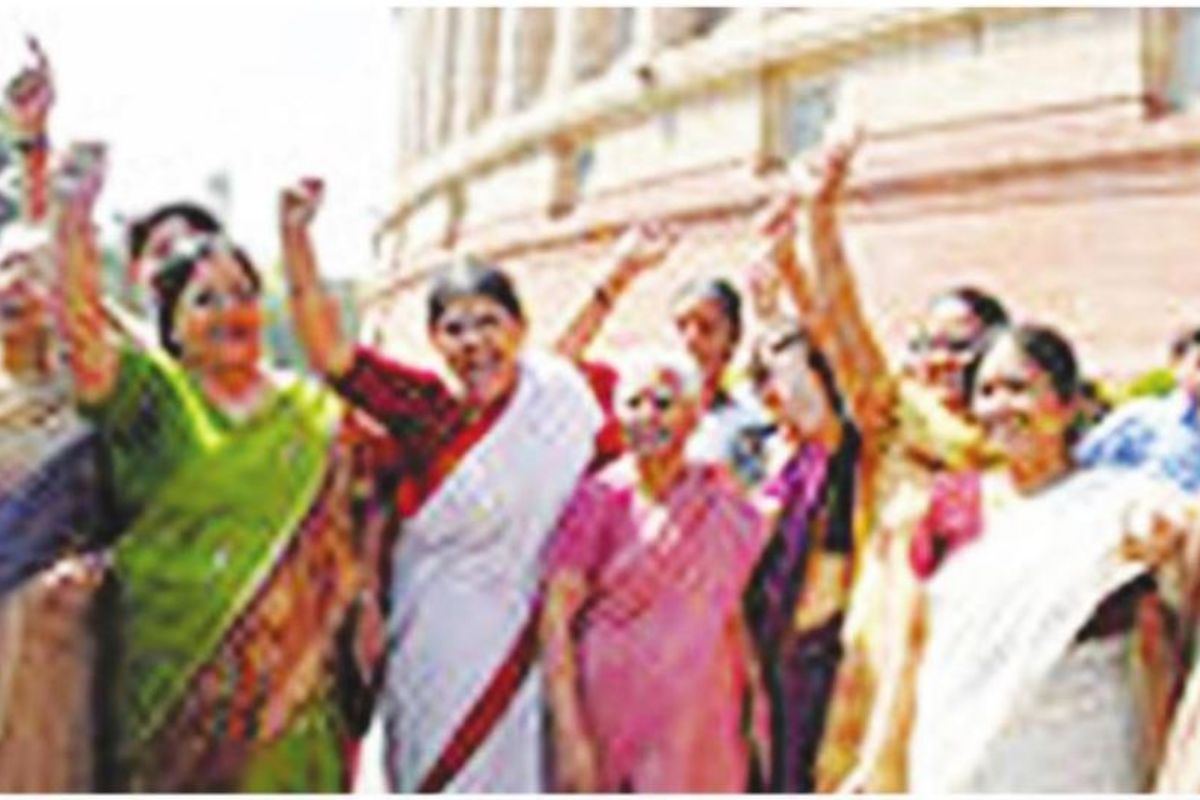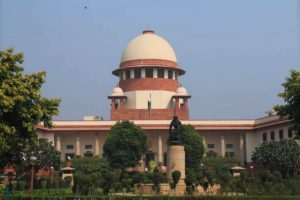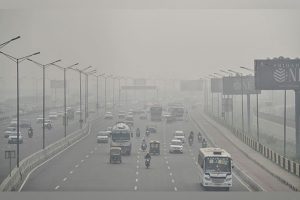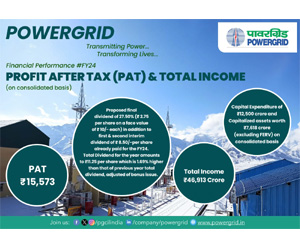This is the time of the year when people across the length and breadth of this ancient land of ours are busy worshipping the primal goddess, conceived as the protector of the weak and destroyer of evil.
In different parts of the country, Durga puja and Navratri have been celebrated with enthusiasm reaching a feverish pitch after almost two years of a stymying pandemic.
People have been paying fervent obeisance to the Goddess, an embodiment of Sakti (power), quite a paradoxical practice in a society where all noteworthy indices still signal the continued prevalence of a deeply patriarchal matrix with often noticeable misogynistic moorings.
In fact, some of the indices even portent a worsening of the conditions of Indian women despite tall claims made by the movers and shakers of Indian society, particularly by political leaders belonging to the ruling dispensation about the ‘phenomenal advancement’ made by Indian women in different walks of lives, about their stupendous success in breaking newer and newer glass ceilings.
Hence, a re-examination of the issue of the so-called empowerment of Indian women is never clichéd or obsolete. At a time when the country is celebrating the 75th year of its chequered existence as an independent nation, an evaluation of the status of Indian women is even more apposite.
Indian women, at the beginning of the journey of the republic, were fortunate to have equal voting rights, equal legal status and equitable access to education, profession etc. offered by the Constitution of India, one of the most progressive, liberal constitutions of the world.
Framers of our constitution, particularly titans like Dr B R Ambedkar and Pandit Nehru, despite being aware of the backward condition of Indian women ~ deprived of education and victims of evil practices like early marriage, dowry and domestic violence ~ in their wisdom, decided in favour of granting equal voting rights to Indian women.
It was not really an act of condescension but rather an acknowledgement of the political acumen of Indian women who had participated in good numbers in all facets of our freedom struggle ranging from the NonCooperation and Civil Disobedience movements under Gandhiji’s leadership to extremist movements led by the likes of Master Surjya Sen and even in the ambitious, path-breaking military ventures led by Netaji Subhas Chandra Bose.
Indian women have come a long way from the time of preparation of the first electoral roll in 1950 when the country’s first Election Commissioner Sukumar Sen could not allow 28 lakh, women, to vote as these women simply refused to give their proper names in the electoral rolls and insisted that they be identified as “A’s mother, B’s wife etc.”, as societal norms dictated women’s existence to be defined in terms of their relationship with their male relatives.
Sen’s insistence that the name of the voter was an essential part of his or her identity of being a citizen of the country played a significant role in making women conscious of their rights and responsibilities as citizens. Sen, who handled the second General Elections in 1957 too, was a happy man five years later.
“Women, in general, have come to value their franchise greatly and those women in respect of whom the entries had been deleted from the rolls in 1951 were in fact very disappointed when they saw their sisters exercising their franchise while they themselves could not do so”, wrote Sen in his official record.
Over the years, the participation of women voters in our electoral process increased steadily and in the last general election of 2019, as per EC record, the percentage of women voters’ participation (almost 68 per cent) exceeded that of men. The literacy rate among women has gone up noticeably (71 per cent) though it still trails the male literacy rate (84 per cent) as per official data.
The natural sex ratio of India was around 105 boys per 100 girls till the 1980s when prenatal ultrasound became widely available and abortion, which was legalised in 1971, became more widespread. The sex gap duly yawned. According to the 2011 census, India had a birth ratio of 111 males to 100 females.
This was despite longstanding policies to mitigate the problem. Fetal sex determination was outlawed in 1994; the restriction was and is routinely flouted by doctors. Yet a new report from the Pew Research Centre shows that the sex gap has at last begun to normalise. It suggests India’s current sex ratio at birth is 108 males per 100 females, thus indicating that the evil practice of female feticide is abating slowly.
The number of female graduates has also soared remarkably in the country. By sheer grit and determination, women have overcome many hurdles to make their mark in different walks of life, from science to literature, social work to entertainment, caregiving to sports, bringing laurels to the country and making an invaluable contribution to the progress and well-being of the country.
And yet, deep-seated gender bias continues to be a contributing factor to social schisms characterising today’s India. Despite the share of women legislators in the Lok Sabha peaking at 14.39 per cent as of June 2019, India is still worse than 140 countries in the world in terms of representation of women in Parliament. The global average for the share of women parliamentarians stood at 24.6 per cent in 2019, as per Inter-Parliamentary Union data. Women have held the posts of President and Prime Minister in India, as well as Chief Ministers of various states. Charismatic women politicians like Indira Gandhi, Jayalalitha, Mayavati and Mamata Bannerjee have been trailblazers in India’s vibrant electoral democratic set-up.
Nevertheless, political parties continue to be resistant to the prospect of fielding more women candidates in elections, due to various prejudices like women’s perceived inability to devote the required time and energy to political activity while simultaneously managing domestic preoccupations. Despite many new laws to prevent domestic abuse and sexual violence committed against women, such incidents are still rampant.
The onslaught of rightist, majoritarian political forces seem to have harmed women’s progress considerably by interfering with their choices in areas like choosing a partner and by reiterating the virtue of women’s traditional role as the ideal wife and mother, while attempting to restrict her access to the public space. Since the Covid-19 outbreak, female employment in India fell steeply and plummeted to 9 per cent in 2022, an alarming trend flagged by the World Economic Forum.
Though women in India represent 48 per cent of the population, they contribute only around 17 per cent of the GDP compared to 40 per cent in China. Denial of economic freedom is likely to have a cascading effect on women’s access to health, proper nutrition, and decision-making power in family matters and overall harm their agency. Hence, the demons are yet to be slayed and Indian women’s battle to acquire their rightful place in society continues.












